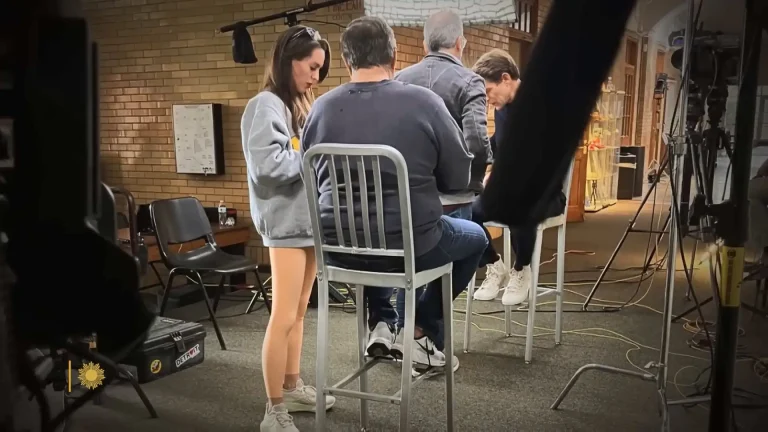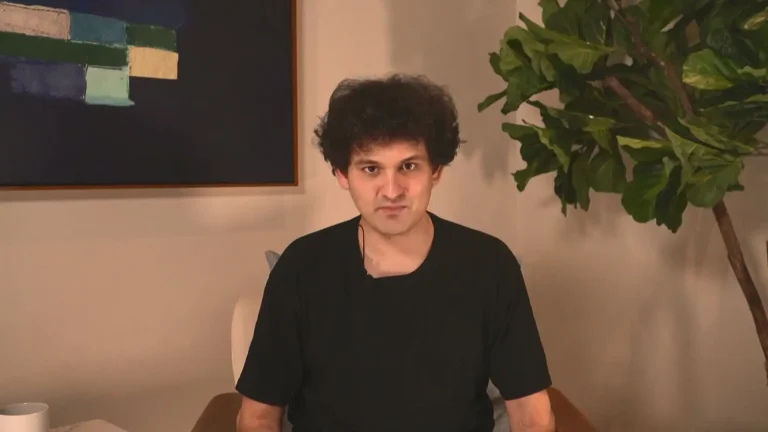Revving Up Brand Engagement with AI
How companies are using personalization, audience behavior and virtual influencers to drive marketing
By Carlos Gil
One of AI’s biggest contributions to storytelling is its ability to personalize content at an unprecedented scale. By sifting through data, algorithms can tailor narratives to match individual preferences, from the articles people read to the videos they watch.
This level of customization ensures that each piece of content feels personally crafted for the viewer, increasing its relevance and impact.
And yet the essence of effective marketing—the human connection—remains unchanged. Artificial intelligence, with all its analytical prowess, should be used to amplify our capacity to understand and connect to our audiences on a personal level.
The goal should be to use the technology to enhance storytelling, ensuring that narratives not only captivate but also resonate deeply, fostering brand loyalty. Unfortunately, companies often miss that target.
But here are a few examples of how companies are using AI to drive their marketing:
Netflix’s AI-Driven Storytelling Revolution
Netflix has harnessed the power of AI to change the way we consume stories. The streaming service’s recommendation system is a prime example of AI’s impact on personalization. By sifting through vast amounts of viewer data, the platform offers up content suggestions that align closely with individual tastes.
Netflix’s use of AI extends beyond recommendations into the realm of content creation and selection. By understanding viewer preferences at a granular level, Netflix can identify gaps in its content library and make informed decisions on what types of series or films to produce or acquire next.
Sephora: Refashioning Retail through Personalization
Sephora is at the forefront of using chatbots and AI to create personalized shopping experiences. The cosmetic company’s chatbots are more than customer service assistants. They can provide product recommendations, makeup tutorials, and even virtual try-ons, allowing customers to see how products look on them before making a purchase.
The chatbots are capable of learning from each interaction, refining their recommendations to become more accurate.
AI-Powered Storytelling Best Practices
- Data-Driven Insights for Personalization. Gather and analyze data on audience behavior and preferences. Tailor your narratives to meet these insights, creating content that resonates on a personal level with your audience.
- Consistency in Brand Voice. When employing AI tools like ChatGPT for content creation, watch carefully that the result aligns with your brand’s tone and voice.
- Visual Storytelling. Images complement your narratives, adding depth and engagement.
- Repeat and Revise Study your audience’s feedback and continuously refine your AI-driven content strategies.
- Boost SEO. Enhance your content’s visibility online with keyword research, content optimization and identification of content gaps.
The Rise of Virtual Influencers
The concept of influencers has evolved beyond traditional celebrities or content creators, giving rise to a new phenomenon: virtual influencers. These digitally constructed personas have started to play a significant role in brand marketing.
Two examples of this trend are KFC’s Colonel Sanders and Lil Miquela, each illustrating the potential power of virtual influencers.
KFC’s Colonel Sanders: Remaking an Icon
KFC’s digital makeover of its founder featured a hipster Colonel Sanders the Colonel engaging in activities typical of younger influencers, such as DJ’ing at music festivals and showcasing his “lifestyle.”
The campaign cleverly blended nostalgia with modern digital culture, engaging both long-time fans and attracting a younger audience. This approach allowed the fast-food chain to refresh its brand, creating buzz and driving engagement through a blend of humor, nostalgia, and contemporary social media trends.
Lil Miquela: Breaking Boundaries
The character Miquela Sousa is one of the most successful virtual influencers, blurring the lines between reality and digital creation.
Lil Miquela was created in 2016 by Brud, a Los Angeles-based studio. With millions of followers on Instagram, Miquela has collaborated with high-profile brands across fashion, music, and entertainment, demonstrating the marketing power of virtual personas.
Unlike human influencers, virtual characters like Miquela offer companies complete control over branding and messaging, presenting an ambassador free from the complexities and unpredictability associated with real humans.
How to Create a Virtual Influencer for Your Brand
Developing a virtual influencer for your brand involves a blend of creative storytelling, technological savvy and strategic planning. Here are key steps to consider:
- Define the Persona. The character’s personality, backstory, and visual appearance should align with your brand values and appeal to your audience.
- Develop High-Quality Visuals. The virtual influencer’s appearance should be consistent and recognizable across all platforms.
- Craft a Narrative. Weave your brand’s messaging into the virtual influencer’s “life.” Give followers reasons to connect with the character on a personal level.
- Engage with Your Audience. Respond to comments and questions from the audience. Chime in on trending topics. Aim to build a community around the character
- Other brands or real influencers that align with your virtual character’s persona can extend your reach and enhance credibility.
- Monitor and Adapt. Be prepared to adapt the character and narrative as needed to keep content fresh and relevant.
Carlos Gil is an affiliate consultant with Ragan Consulting Group, who stays in constant touch with Chat GPT. He conducts social media audits and provides virtual editing and coaching.
Contact our client team to learn more about how we can help you with your communications. Follow RCG on LinkedIn and subscribe to our weekly newsletter here.







